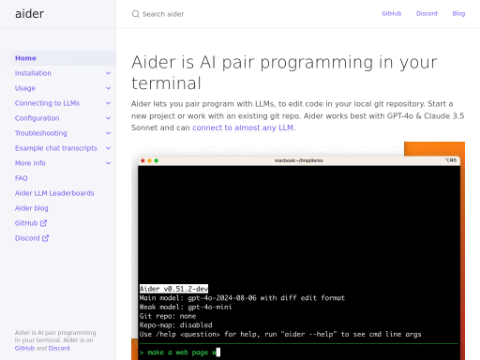Google has launched an AI photo editing tool called "Reimagine" on its latest Pixel 9 smartphone. As an advanced version of last year's Magic Editor, this tool further expands users' photo editing capabilities, but it has also sparked widespread discussions on ethics and social impact.
"Reimagine" allows users to select non-human objects or scenes in photos and generate new content through text prompts. This feature achieves a high level of realism in terms of lighting, shadows, and perspectives, making it difficult to distinguish edited photos from genuine ones. However, it is precisely this highly realistic effect that blurs the boundaries and raises concerns about the tool's applications.
During testing, users were able to use "Reimagine" to add disturbing elements such as car accident scenes, bomb explosions, and bloody scenes to photos. These tests revealed that the tool, when unrestricted, could be used to create misleading or malicious image content. Although Google claims that its generative AI tool aims to respect the intentions of user prompts and has clear policies and terms of service to prevent abuse, test results indicate that users may still bypass these safeguards through creative prompts.
What is even more concerning is that the edited photos from "Reimagine" do not have any visible markings indicating that they are AI-generated, except for a removable tag in the metadata. This means that these manipulated photos are difficult to automatically identify as fake content when shared on social media platforms.
With the launch of "Reimagine," the issues of authenticity and credibility of photos have once again come to the forefront. In the digital age, photos have become an important medium for people to obtain information and communicate ideas, but their authenticity is increasingly difficult to guarantee. Google's new tool undoubtedly provides unprecedented convenience for photo manipulation, but it also demands higher media literacy and information discernment from the public.








